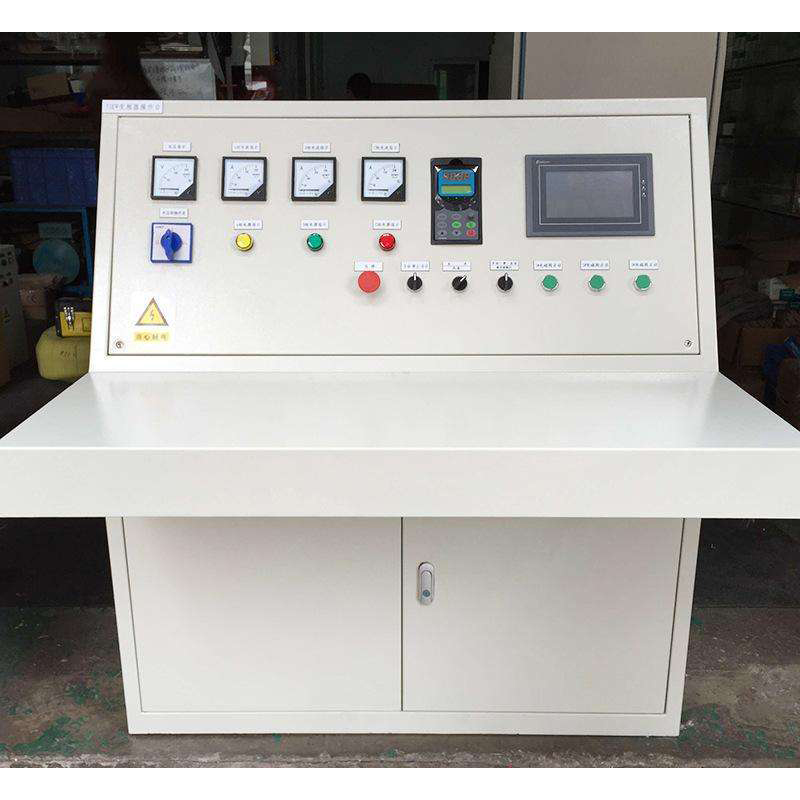
Nov . 14, 2024 21:12
Back to list
safety relief valve
Safety Relief Valves Ensuring Pressure Management and System Integrity
Safety relief valves (SRVs) play a crucial role in various industrial applications by ensuring safe pressure management and maintaining system integrity. These devices are engineered to automatically release excess pressure from pressurized systems, protecting equipment and preventing catastrophic failures.
The primary function of a safety relief valve is to act as a fail-safe mechanism. In many industrial settings, whether it’s chemical manufacturing, oil refining, or power generation, systems often operate under high pressure. If a system were to experience an unexpected increase in pressure—due to factors like thermal expansion, mechanical failure, or blockages—a safety relief valve will open at a predetermined set point to release the excess pressure. This release prevents potentially dangerous situations, such as explosions or pipe ruptures, which could lead to significant injury, environmental damage, or costly downtime.
safety relief valve

Safety relief valves are designed to be reliable and efficient, allowing them to function correctly over a prolonged period. Typically, these valves can be categorized into two main types direct-acting and pilot-operated. Direct-acting valves are simple in design and respond quickly to pressure changes, making them suitable for smaller applications. In contrast, pilot-operated valves are more complex and are used in larger systems where precise pressure control is needed. By utilizing pressurization to control the opening and closing of the valve, pilot-operated valves can accommodate larger flows and higher pressures efficiently.
It is vital for industries to adhere to stringent regulations regarding the installation and maintenance of safety relief valves. Regular inspections and testing are essential to ensure that the valves will function effectively when needed. Many organizations follow protocols set by standards like the ASME (American Society of Mechanical Engineers) or API (American Petroleum Institute) to ensure the integrity of their systems. Neglecting to maintain these valves can lead to severe repercussions, including safety hazards and compliance violations.
In conclusion, safety relief valves are indispensable components in maintaining the safety and efficiency of pressurized systems. Their ability to automatically prevent dangerous overpressure situations protects not only the equipment but also human lives and the environment. As industries continue to push the boundaries of technology and pressure applications, the design, testing, and maintenance of safety relief valves will remain a priority to ensure safe operational practices across various sectors. Through ongoing innovation and adherence to safety standards, the reliability of these critical devices continues to improve, securing the future of industrial operations.
Next:
Latest news
-
Safety Valve Spring-Loaded Design Overpressure ProtectionNewsJul.25,2025
-
Precision Voltage Regulator AC5 Accuracy Grade PerformanceNewsJul.25,2025
-
Natural Gas Pressure Regulating Skid Industrial Pipeline ApplicationsNewsJul.25,2025
-
Natural Gas Filter Stainless Steel Mesh Element DesignNewsJul.25,2025
-
Gas Pressure Regulator Valve Direct-Acting Spring-Loaded DesignNewsJul.25,2025
-
Decompression Equipment Multi-Stage Heat Exchange System DesignNewsJul.25,2025

